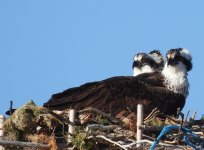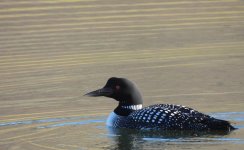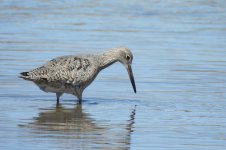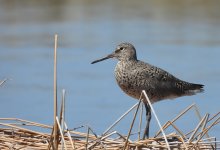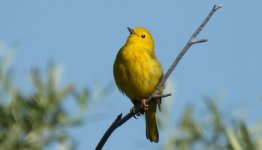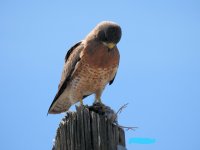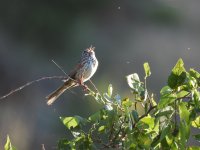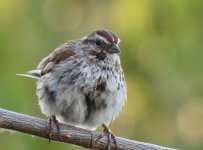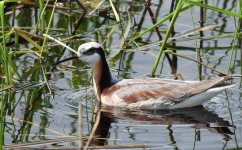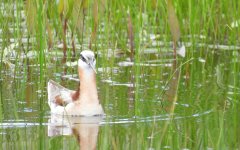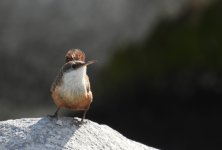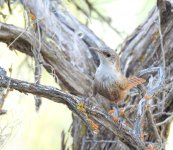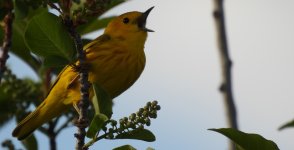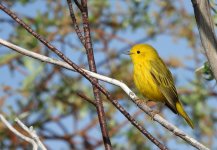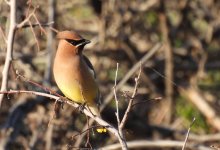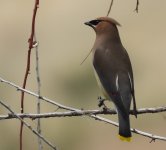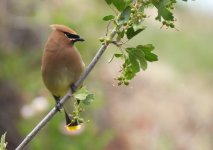Proud2baLaker
Master of Science
I need a mind cleanse in so many ways. This helps a little.
Today, a Red-breasted Nuthatch. Cool litte birds, nuthatches are commonly seen on tree branches and trunks searching the bark for food. They basically have internal stabilizers/gyroscopes and have no regard for which was is up or down and dont need to lean on their tail for support like woodpeckers do. They are native year round to mostly northern areas like the northeast US and all the way across Canada. But also hang out year round in the Rockies. The come down to lower elevations or the prairie areas of the US during the winter and you may see them at feeders at that time. They are cavity nesters of course and use resin from conifers around the entrance to the cavity to help keep out predators or other cavity nesters. The nuthatch will avoid the resin by just diving right through without perching on the entrance first.
This picture was another from my backyard. The nuthatch was foraging on a pine tree but also coming to my feeders for sunflower and safflower seed. The lighting isn't great here but I LOVE the composition otherwise with the way he is perched and holding that seed in beak.

Today, a Red-breasted Nuthatch. Cool litte birds, nuthatches are commonly seen on tree branches and trunks searching the bark for food. They basically have internal stabilizers/gyroscopes and have no regard for which was is up or down and dont need to lean on their tail for support like woodpeckers do. They are native year round to mostly northern areas like the northeast US and all the way across Canada. But also hang out year round in the Rockies. The come down to lower elevations or the prairie areas of the US during the winter and you may see them at feeders at that time. They are cavity nesters of course and use resin from conifers around the entrance to the cavity to help keep out predators or other cavity nesters. The nuthatch will avoid the resin by just diving right through without perching on the entrance first.
This picture was another from my backyard. The nuthatch was foraging on a pine tree but also coming to my feeders for sunflower and safflower seed. The lighting isn't great here but I LOVE the composition otherwise with the way he is perched and holding that seed in beak.

Last edited:

